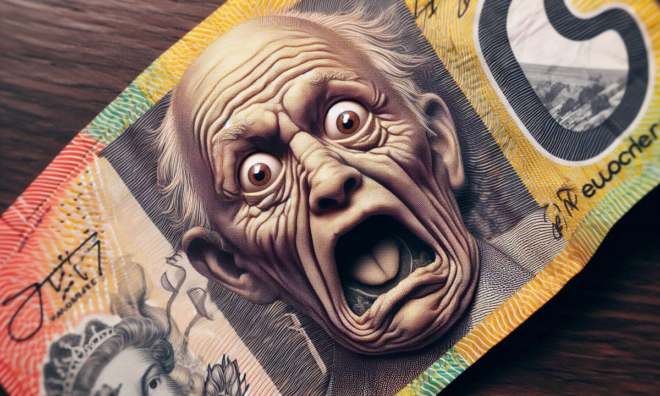A funny thing has been happening to the Canadian dollar lately.
Despite evidence that the economy is weakening, the currency has been going up, not down, rising 3 per cent against the U.S. dollar since President Donald Trump‘s Liberation Day.
That’s not usually how it works, but some strategists think this is more than just a temporary overshoot.
Desjardins Group expects the divergence will continue to widen in coming months, with the loonie rising to 74 cents U.S. by the end of this year and to almost 77 cents U.S. by the end of the next. It was trading up at 73.08 this morning.
The forecast is based on the U.S. dollar losing strength rather than the Canadian dollar gaining it, said Mirza Shaheryar Baig, a foreign exchange strategist with Desjardins. The loonie’s performance against other major currencies has not been stellar.
“Net-net, a strong loonie is the result of a shift in global capital flows leading to a broadly weaker U.S. dollar,” he said.
Since Liberation Day the U.S. dollar has become positively correlated with stocks.
“In other words, it has lost its safe haven appeal. This matters because many Canadian institutional investors who did not hedge the currency risk on their U.S. investments are now being forced to raise their hedge ratios,” said Shaheryar Baig.
The outlook for the U.S. economy is also weakening. Coming out of the pandemic, it grew faster than other economies, but that has changed. Expectations for U.S. growth have dropped and are now in line with other advanced economies, he said.
The Organisation for Economic Co-operation and Development warned last week that Trump’s tariff war will sap global growth in 2025 and it gave the United States the biggest downgrade among G7 nations. The OECD sees its growth slowing sharply from 2.8 per cent in 2024 to 1.6 per cent this year, and 1.5 per cent next.
Trump’s tactics to raise the income share of American workers is also unnerving investors, said Shaheryar Baig. Telling Walmart Inc. “to eat the tariffs” and threatening Apple Inc. with duties on products made out of the country does not help boost the profits investors are looking for.
“To many investors, American capitalism now resembles Chinese ‘common prosperity,’” he said.
Desjardins admits its forecast has risks. America dodged a widely expected recession in 2023 and its economy could surprise again. Carry trade in the U.S. dollar, which has the highest deposit yields in the G7, could also revive, he said.
The downside of a strong Canadian dollar against the greenback is that it makes exports more expensive, a drag on Canada’s already fragile economy.







